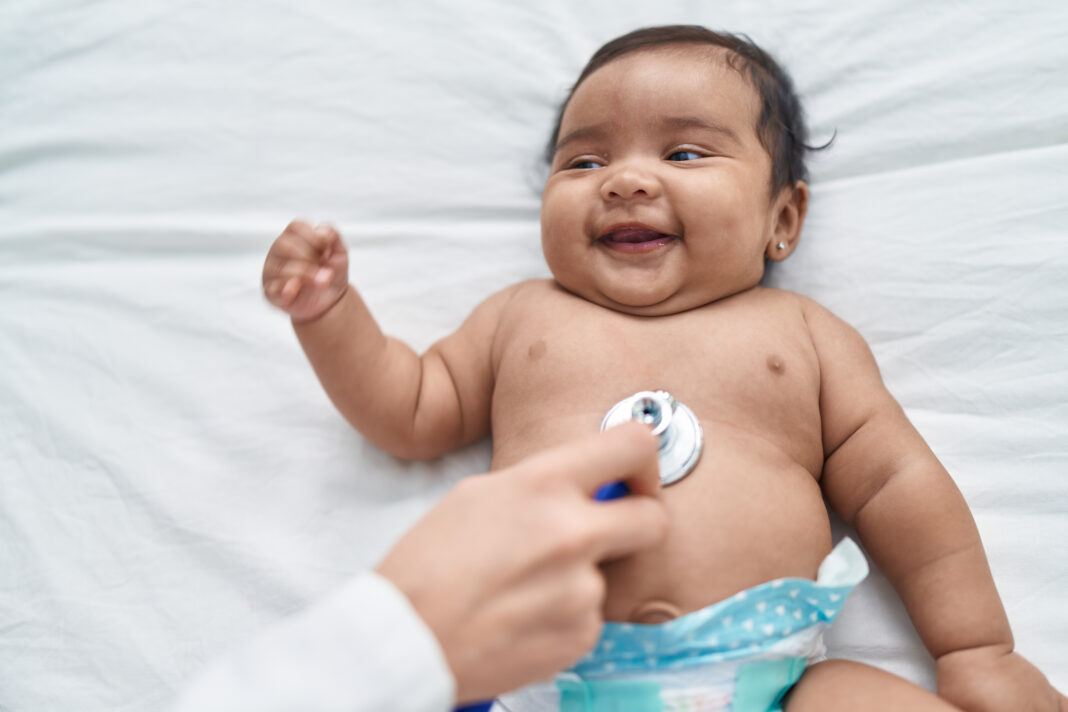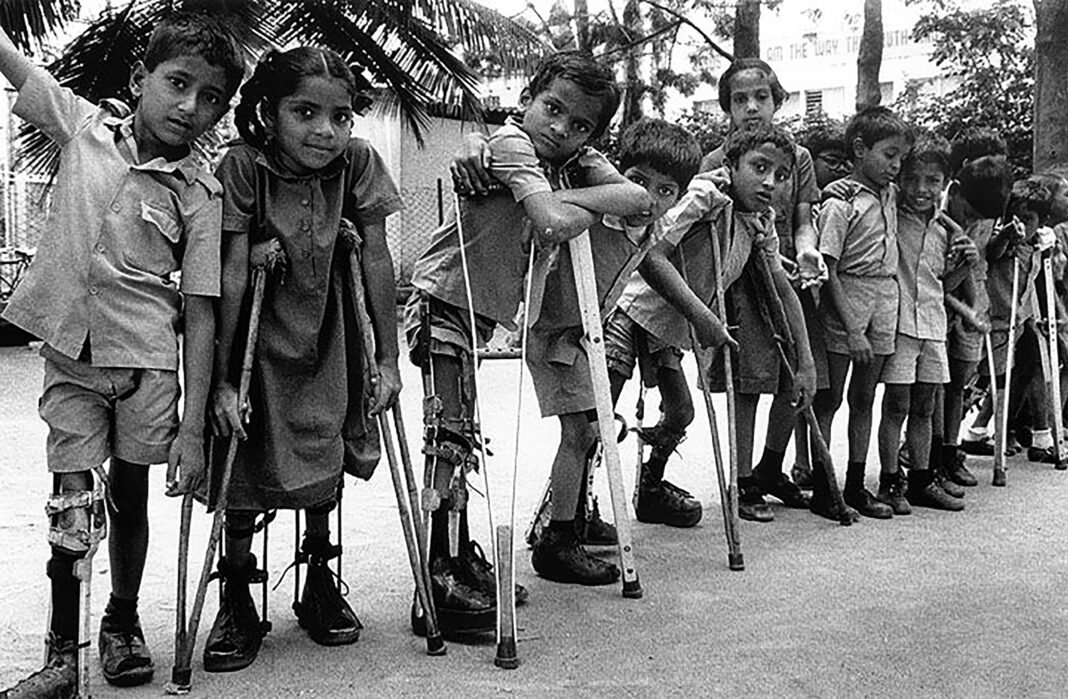
In a significant move towards improving maternal and infant health, a major conference has been convened to address India’s stillbirth rate with the ambitious goal of reducing it to 10 per 1,000 births by 2030. Held in Hyderabad, the conference gathered experts, policymakers, and healthcare professionals to discuss strategies and interventions to tackle this pressing issue.
The stillbirth rate in India, currently higher than many other countries, has prompted a concerted effort to implement effective measures. The conference highlighted several key areas of focus, including enhancing prenatal care, improving access to quality healthcare, and increasing awareness about the factors contributing to stillbirths.
Dr. V. K. Paul, Chairman of the National Task Force on Maternal and Child Health, emphasized the need for a multifaceted approach to achieve the target. “Reducing the stillbirth rate requires a combination of improved medical practices, community education, and policy support,” Dr. Paul said. “We need to ensure that every pregnant woman has access to adequate prenatal care and timely medical interventions.”
The conference also stressed the importance of data collection and research to understand the underlying causes of stillbirths better. By addressing these factors, experts believe that India can make significant strides in reducing the incidence of stillbirths.
Key discussions included the role of technology in monitoring fetal health, the integration of mental health support for expecting mothers, and strategies for strengthening healthcare infrastructure, especially in rural areas. The conference served as a platform for sharing best practices and innovative solutions from various regions and international partners.
The goal to lower the stillbirth rate to 10 per 1,000 births aligns with global health targets and reflects India’s commitment to improving maternal and neonatal health outcomes. As the conference concluded, participants expressed optimism about the collaborative efforts needed to reach this critical target, underscoring the importance of sustained commitment and action in the coming years.




